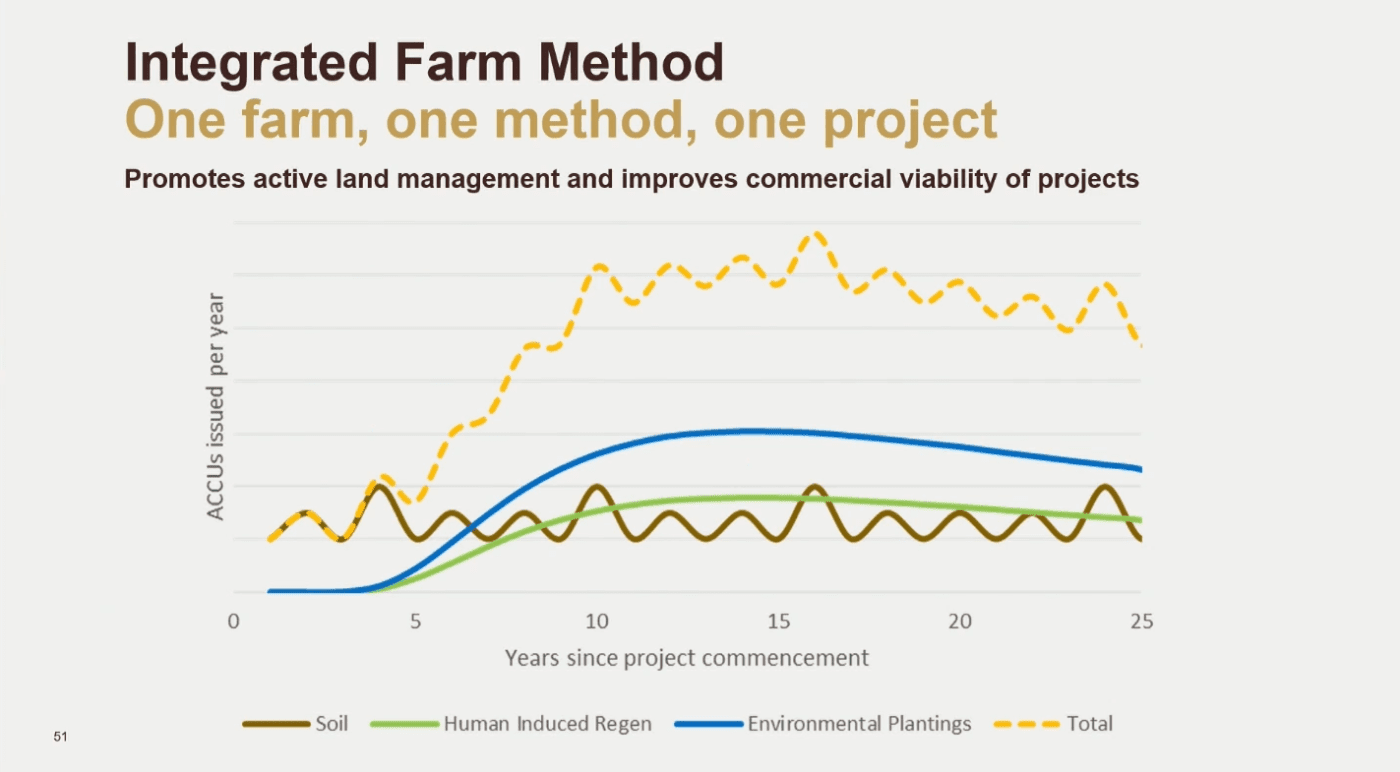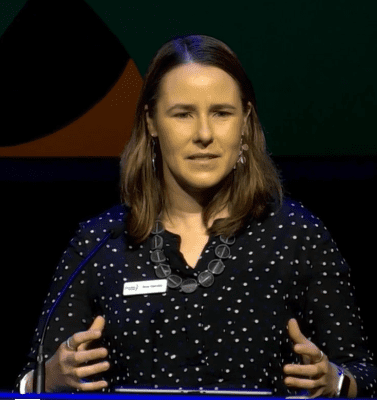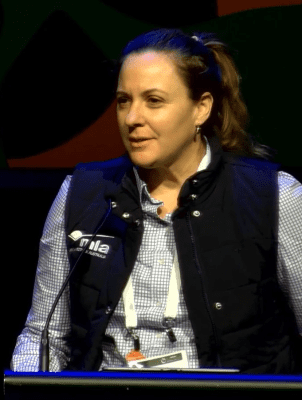
The integrated farm method is being developed in the hope it will make carbon farming more viable by increasing scale and decreasing auditing costs. Graph: Climate Active
A NEW integrated carbon farming method allowing producers to run multiple projects on top of each other is in development with the hope it will give more access to the growing market.
Currently, under the Emissions Reduction Fund multiple carbon farming projects in one area are not allowed – for example you cannot have soil carbon and tree planting projects running on top of each other.
But the development of the new “integrated farm method” is hoping to change that, with a submission expected to reach the Clean Energy Regulator by the end of this year – with a goal of having it legislated and active by February next year. The method will allow existing projects to merge into others.

Skye Glenday
Climate Friendly CEO Skye Glenday, who is heading up the taskforce developing the new method, gave an update to the National Carbon Farming conference in Albury last week.
Ms Glenday said one of the main goals of the new method was to increase the scale of carbon potential on properties, making carbon farming more viable for individual producers.
“We’ve been trying to design singular accounting methods to know the rules and get the abatement calculations right if you plant trees or improve herd productivity for example,” she said.
“The last 10 years have been spent developing methods and we have about 38 now. But the challenge is that a lot of them won’t be commercially viable on their own,” she said.
“We’ve spent a lot of time getting things right from the scientific and carbon accounting perspective, but it doesn’t really match up with farms where you can do or three or four methods.
“That’s the point of the integrated farming method, instead of three projects running separately you can have one project and one audit, which will really lower those transaction costs.”
Projects able to scale up over time
Ms Glenday said pilot projects, using multiple methods, on single properties in Queensland and New South Wales had shown positive results and will become more viable with the new method.
“These pilots we have done over the past two years have really only been sub-feasible because we have been paying all the audit costs and doing them side-by-side,” she said.
“But next February we should be able to bundle all of them together and that should really open it up to do more. Our pilots in Qld with the Land Restoration Fund and that has shown this method will work in the rangelands context.”
With other means of earning carbon credits currently being developed, Ms Glenday said the integrated farm method could scale up over time. She said proposal to government was to start with a small number of methods and add more over time.
“It’s like a menu, you pick items out of the menu and match them up to your property. Initially we would probably be looking at soil and vegetation and we’re hoping to bring livestock in,” she said.

Margaret Jewell
“A lot of people are also interested in electrification or renewable energy on their property. So this doesn’t just have to be about land-based methods, it can be a whole-of-farm approach.”
Producers urged to do carbon baselining
With many of the methods still in a development phase making it hard for producers to commit projects, Meat & Livestock Australia is recommending doing a carbon baseline as an initial step.
MLA Carbon Neutral 2030 manager Margaret Jewell also addressed the conference and said managing carbon was a good way of managing a production system.
“Carbon makes up a huge part of what we’re growing when we are producing livestock,” Ms Jewell said.
“If you can minimise what is lost out of the production system, like methane, and maximise the amount of carbon that is actually used for growth it is an effective business activity. It’s a way of building efficiencies that will optimise productivity.”
Ms Jewell said understanding the carbon cycle on a property was an important step for producers to make good decisions about entering the carbon market.
“We see that achieving carbon neutrality goes hand-in-hand with increasing our productivity and profitability,” she said.
“We really want producers to understand what goals they want to achieve for their business in the coming years. We don’t want people to start making management changes to chase a carbon benefit that is at odds with their production goals.”
